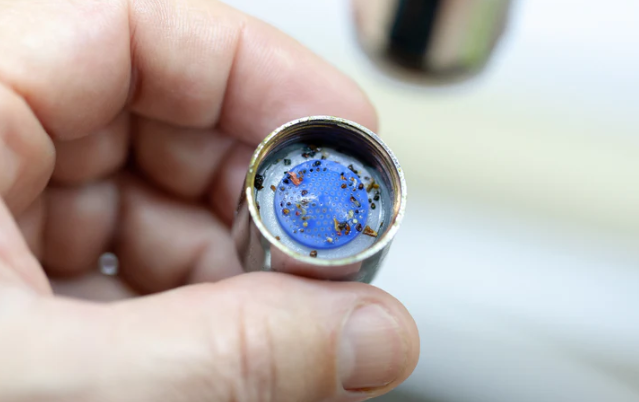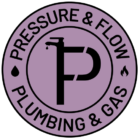Introduction
Low water pressure can be a frustrating issue for homeowners. Whether it’s a feeble trickle in the shower or a weak stream from the kitchen faucet, inadequate water pressure can disrupt your daily routines and make simple tasks more time-consuming. In this blog post, we’ll explore the common causes of low water pressure in homes and provide effective solutions to help you regain that strong, satisfying flow you deserve.

Understanding the Causes of Low Water Pressure
Pipe Corrosion and Buildup: Over time, pipes can accumulate sediment, rust, and mineral deposits that restrict water flow. This can lead to reduced water pressure throughout your home. If you have an older plumbing system, it’s likely that pipe corrosion is contributing to the issue.
Water Supply Issues: Sometimes, the source of the problem lies beyond your property. Municipal water supply issues, such as maintenance work, water main breaks, or peak demand times, can lead to lower water pressure for all residents in your area.
Faulty Pressure Regulator: A pressure regulator is responsible for maintaining a consistent water pressure level in your home. If this component malfunctions, it can cause pressure irregularities, leading to low water pressure issues.
Clogged Aerators/water restrictors: These devices help to reduce flow to under 9L/min, but they can get clogged with debris and mineral deposits. This can restrict water flow far below the intended 9L/min.
Faulty tap wear: Sometimes the best solution is to replace the tap, especially if it’s the only tap in the house with a problem.
Effective Solutions to Combat Low Water Pressure
Regular Plumbing Maintenance: Schedule routine plumbing inspections to identify and address any underlying issues in your pipes, such as corrosion and leaks. Professional maintenance can prevent these problems from worsening and maintain optimal water pressure.
Pressure Regulator Adjustment or Replacement: If your pressure regulator is faulty, it might need adjustment or replacement. A skilled plumber can diagnose the issue and recommend the appropriate solution.
Aerator Cleaning and Replacement: Cleaning or replacing clogged aerators and restrictors in faucets and showerheads is a simple yet effective way to restore water pressure at individual fixtures.
Consulting with Professionals: If you’ve tried the above steps and still experience low water pressure, it’s time to consult with experienced plumbers. They can conduct a thorough assessment of your plumbing system, identify hidden issues, and provide tailored solutions.
Conclusion
Dealing with low water pressure in your home can be a frustrating experience, but with the right information and solutions, you can overcome this issue and enjoy the strong, consistent water flow you deserve. By understanding the common causes of low water pressure and taking proactive steps to address them, you can ensure that your home’s plumbing system operates at its best.
If you’re facing persistent low water pressure problems, don’t hesitate to reach out.
Joshua
0421 243 422

